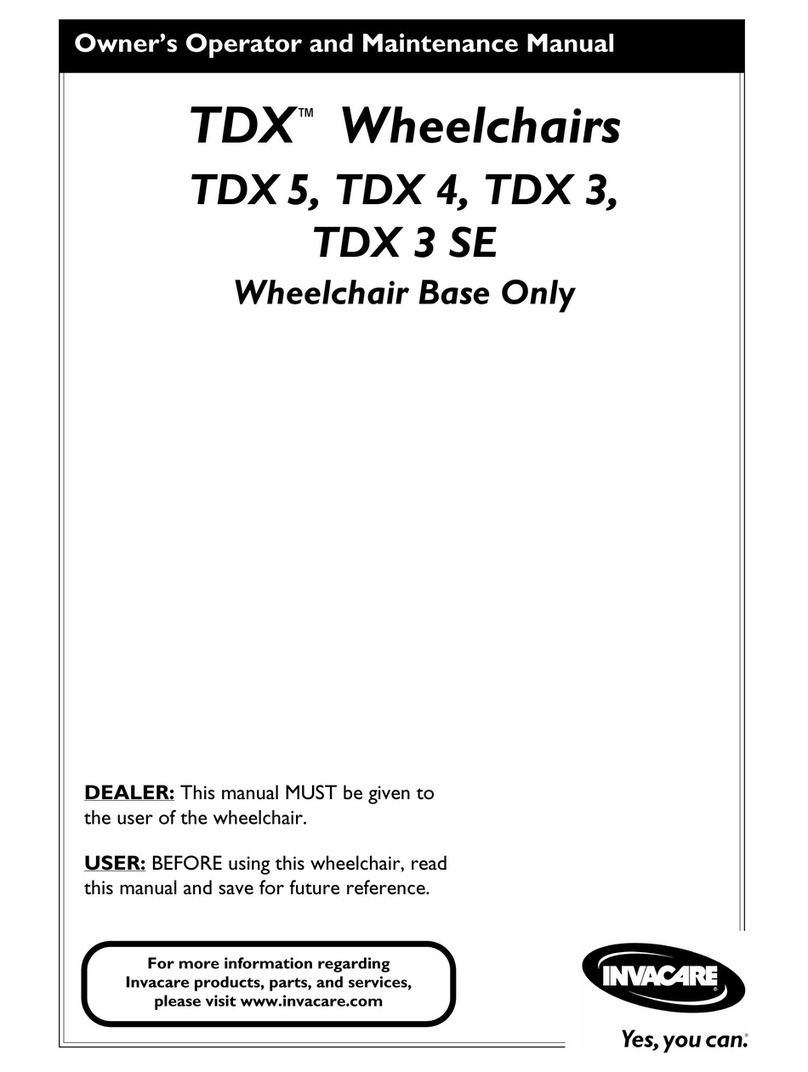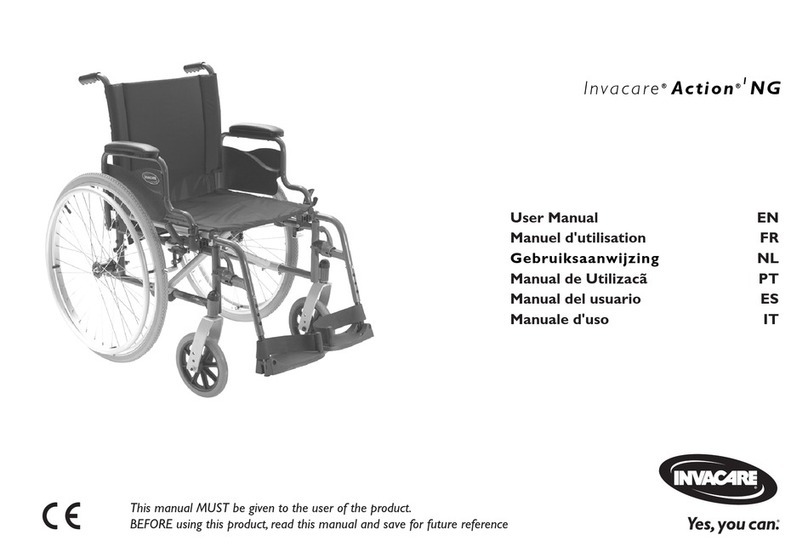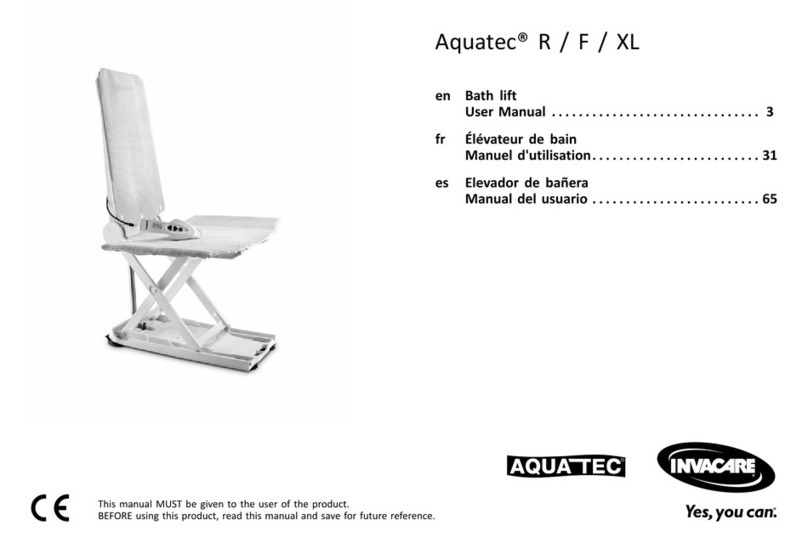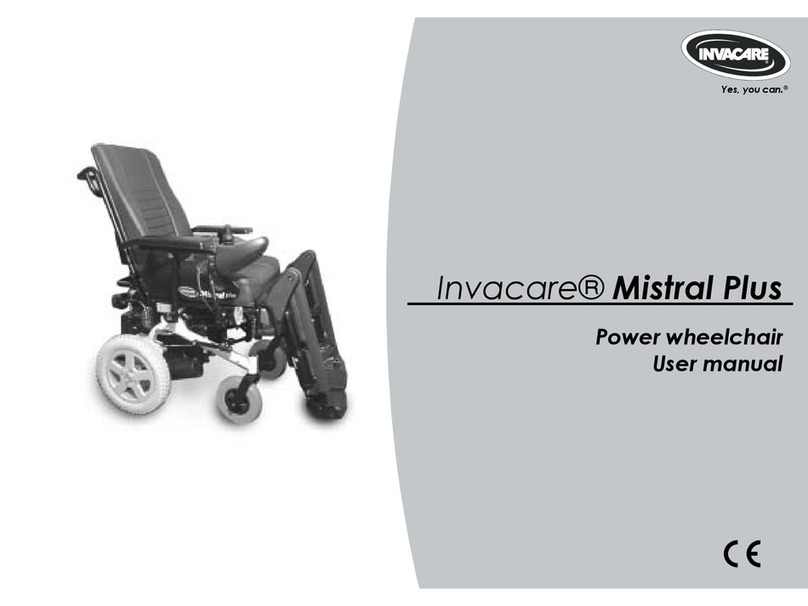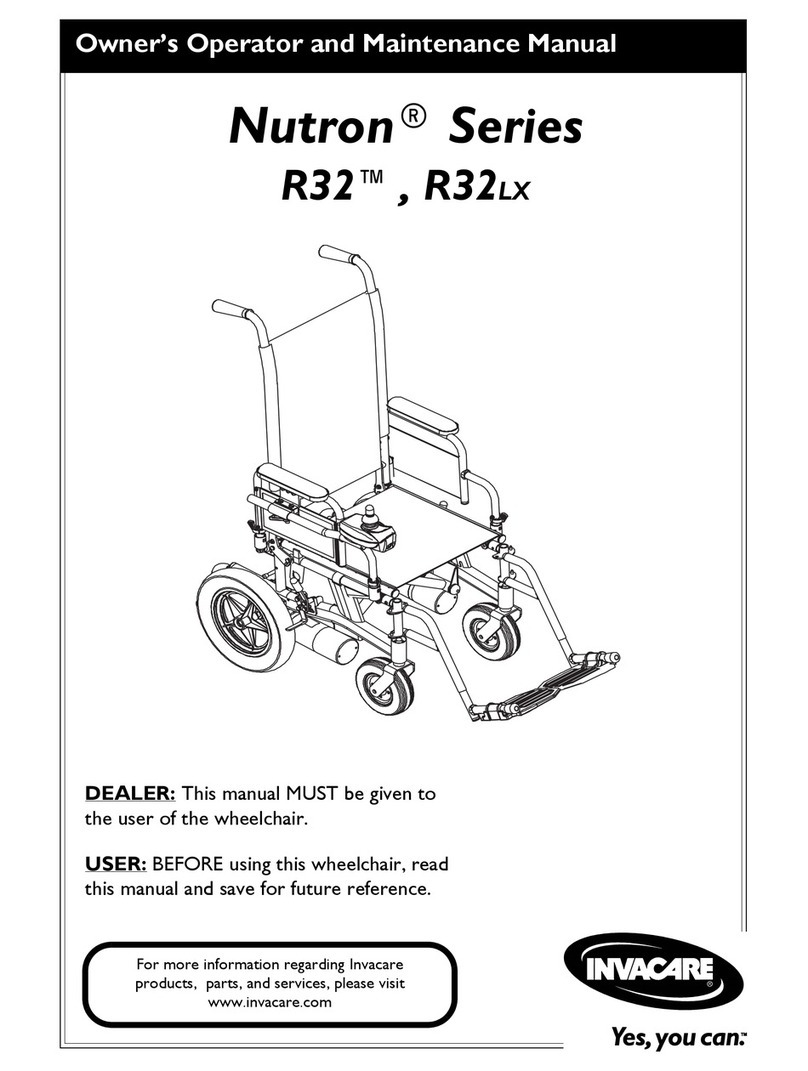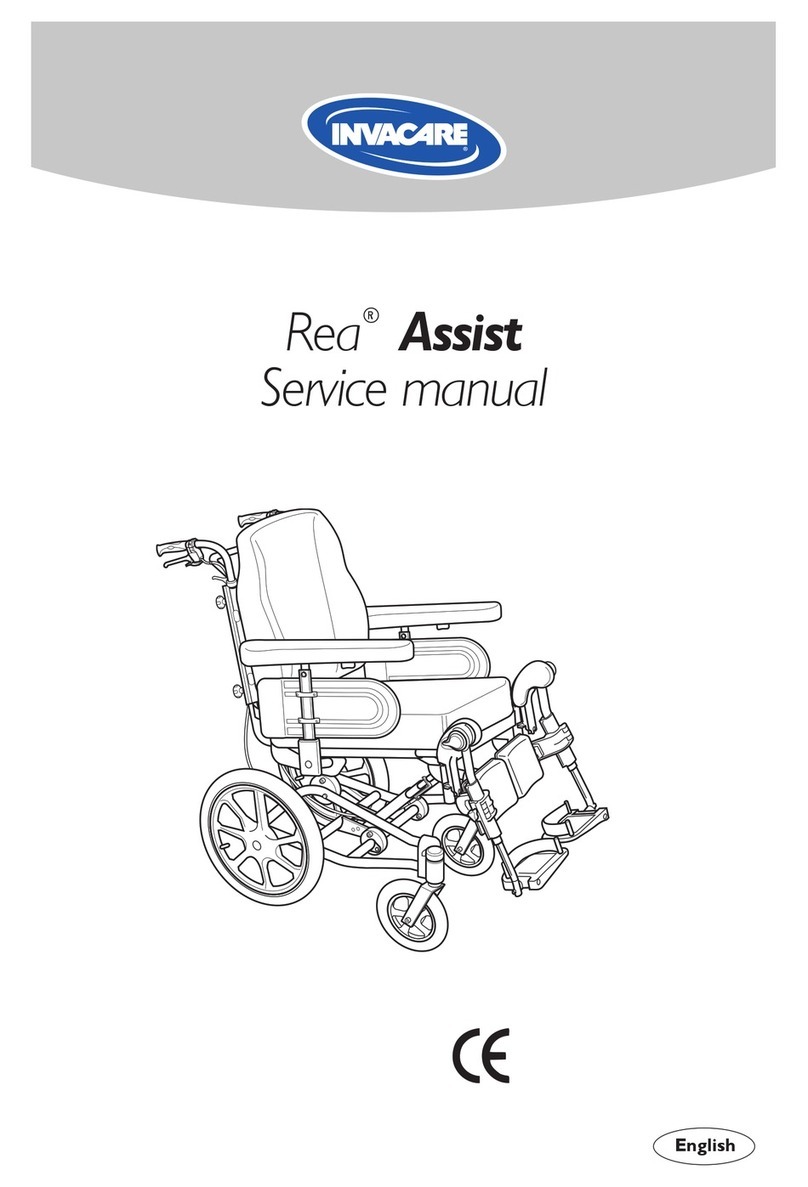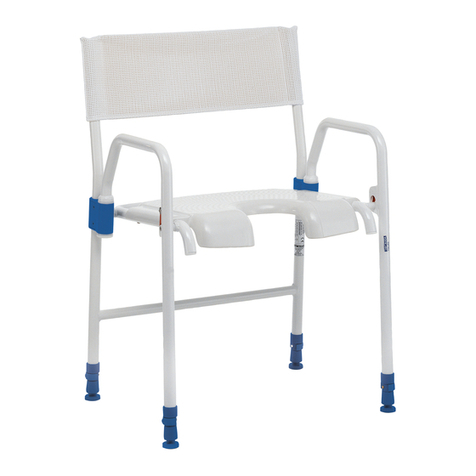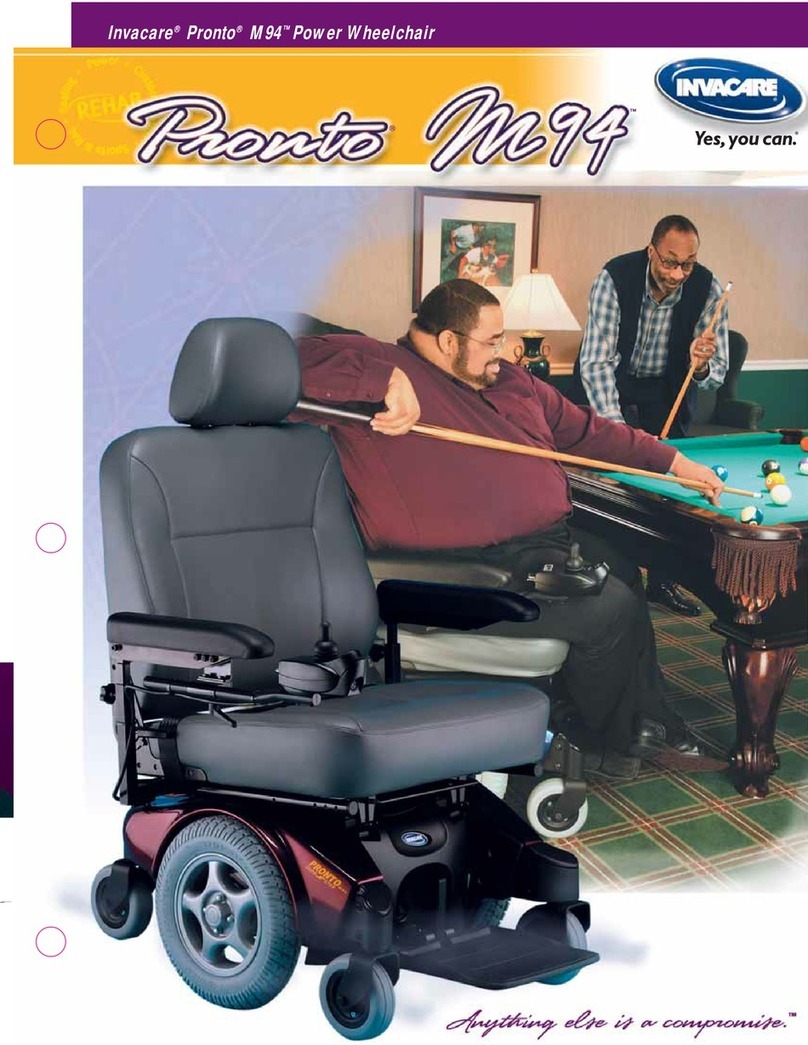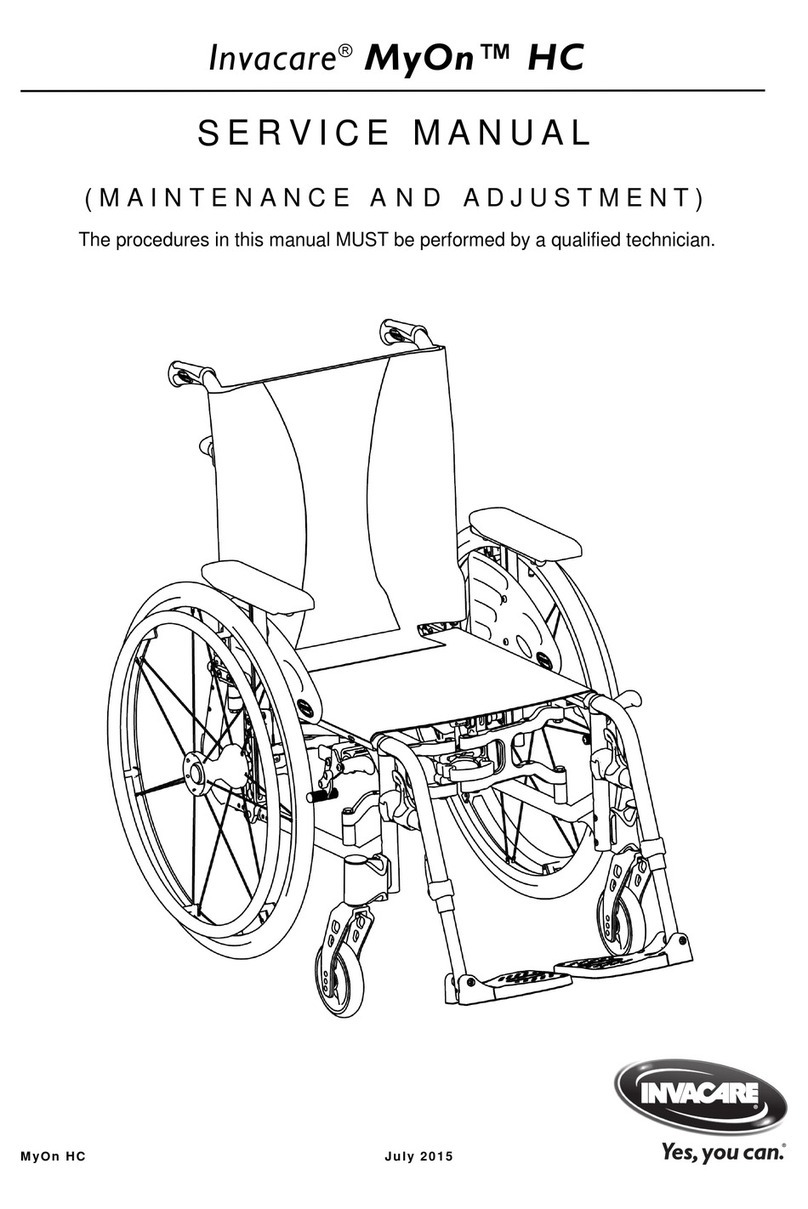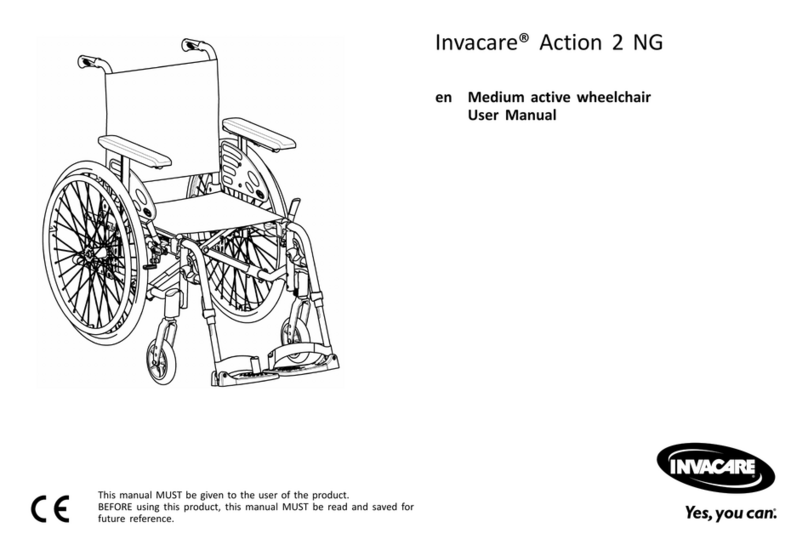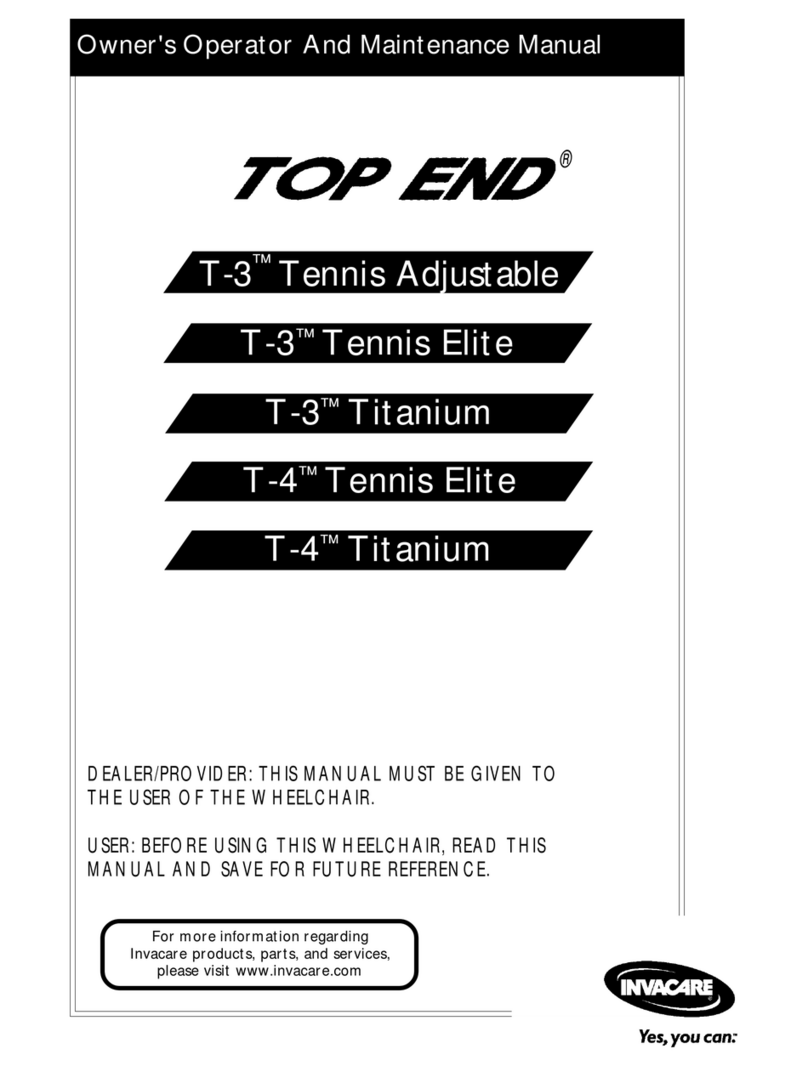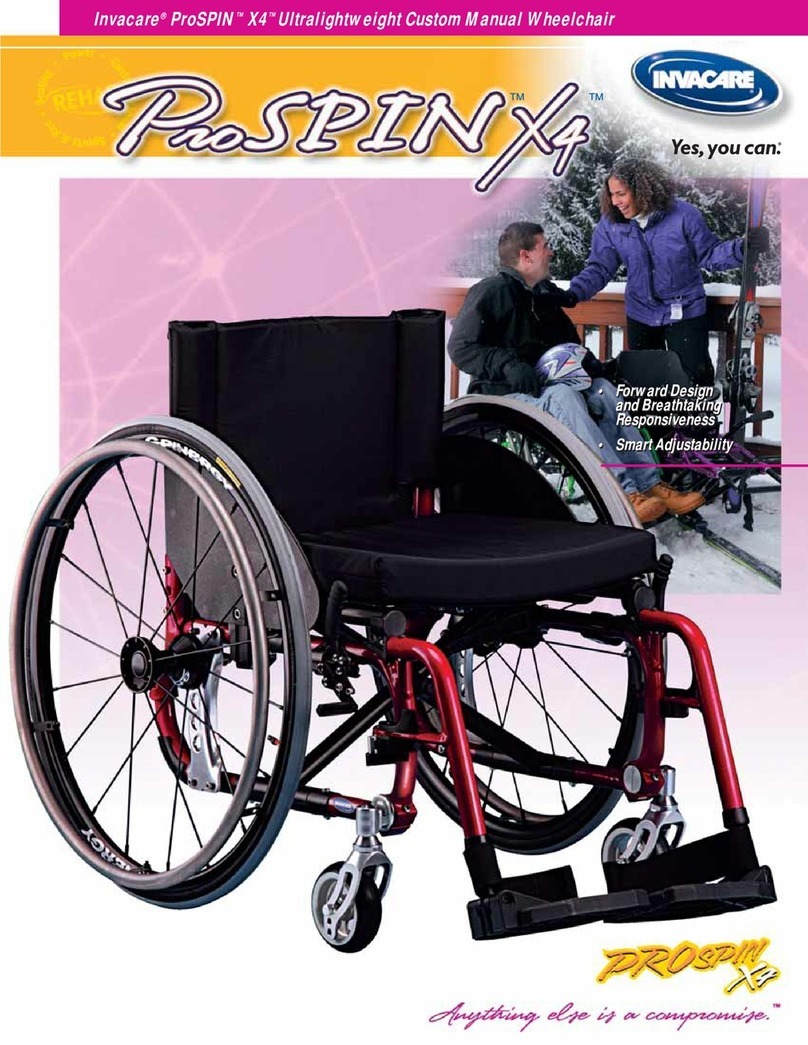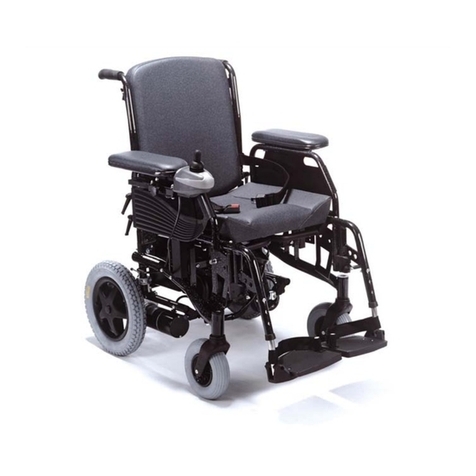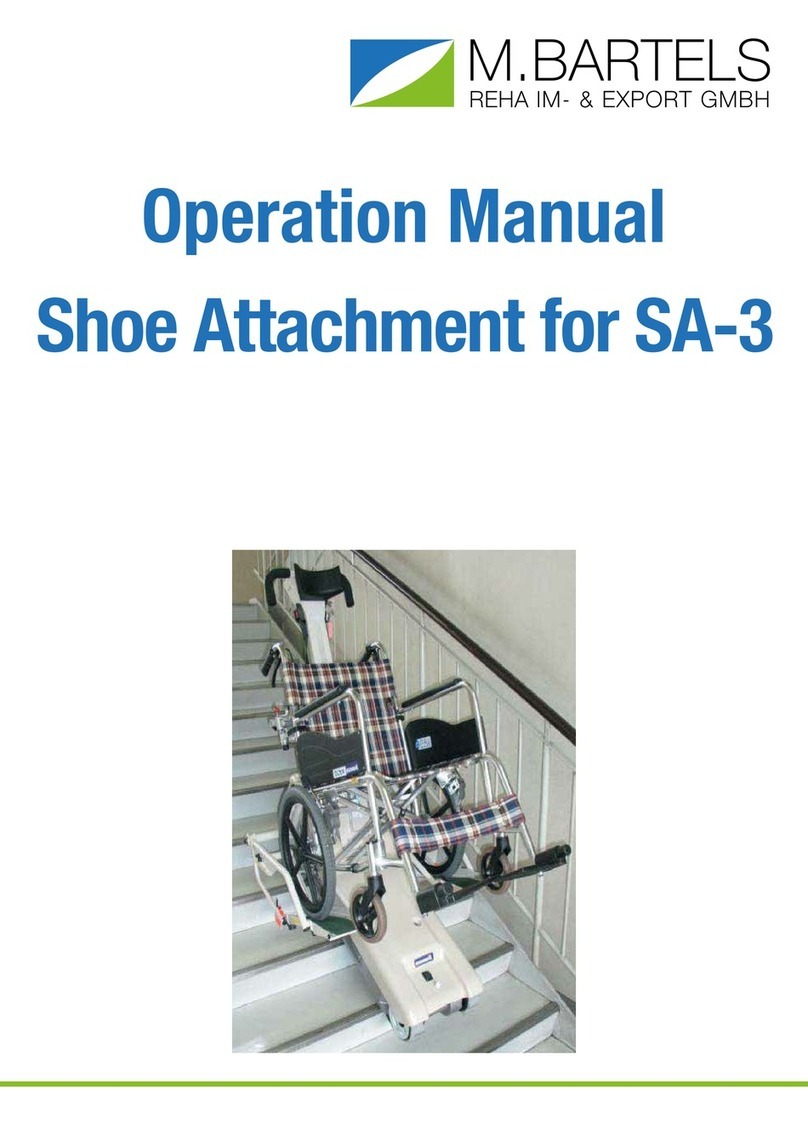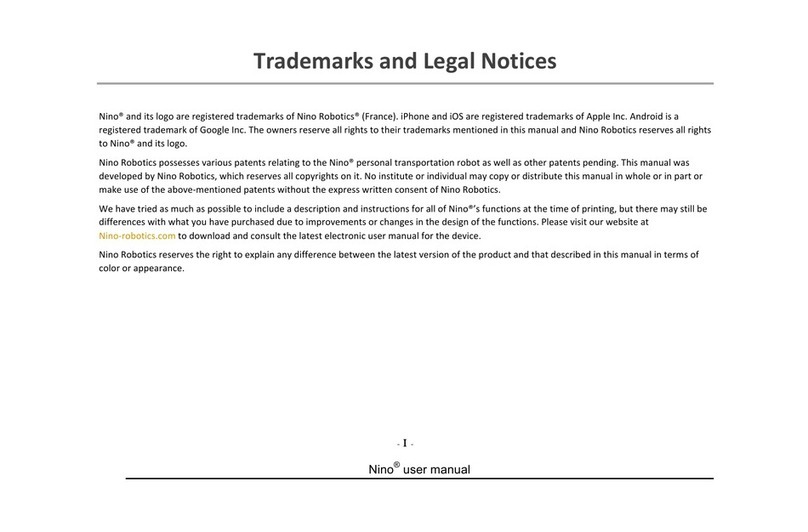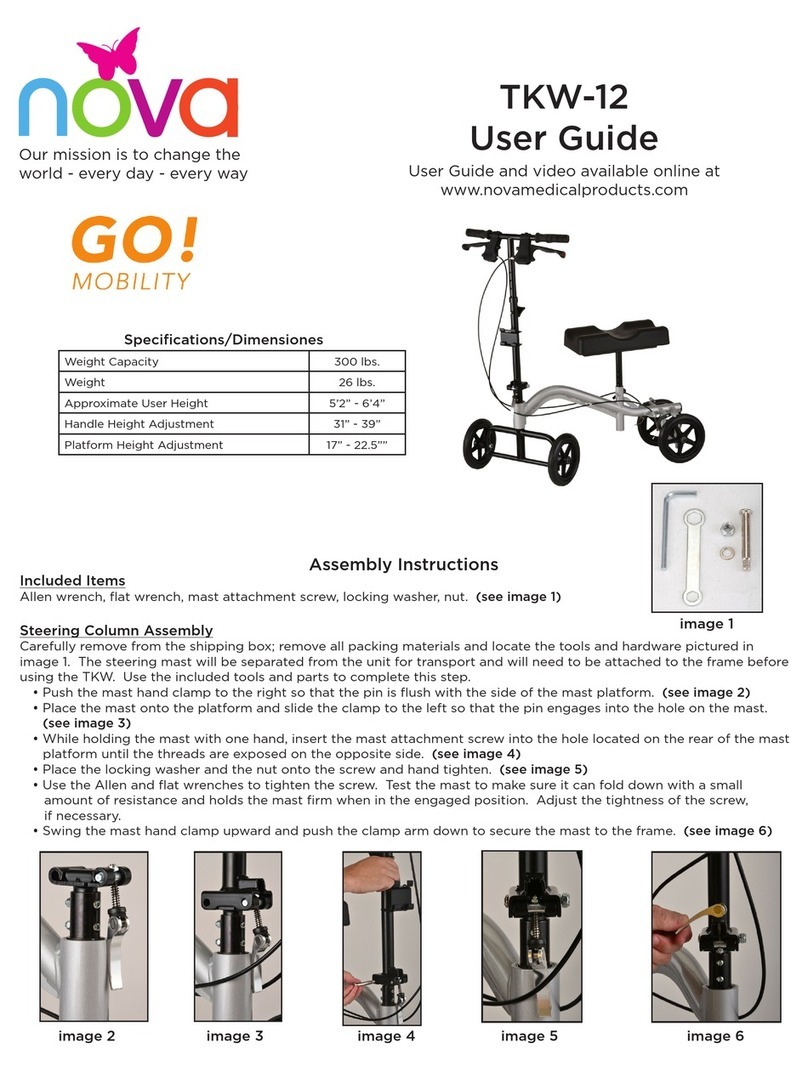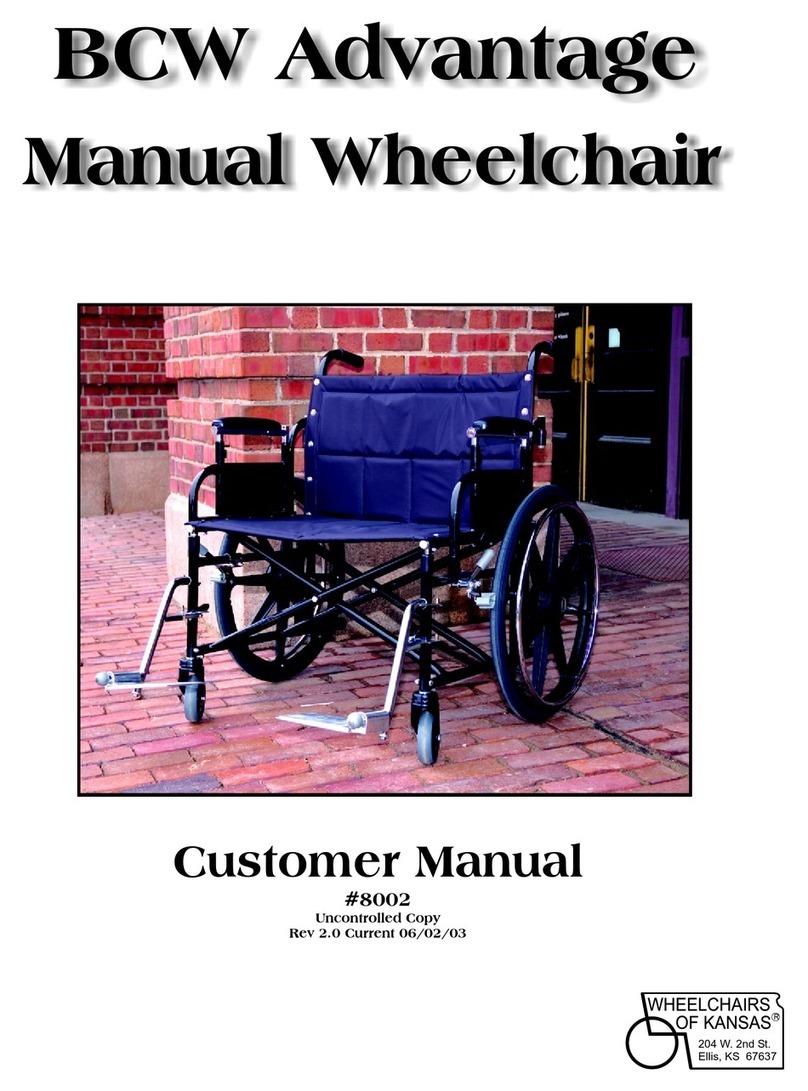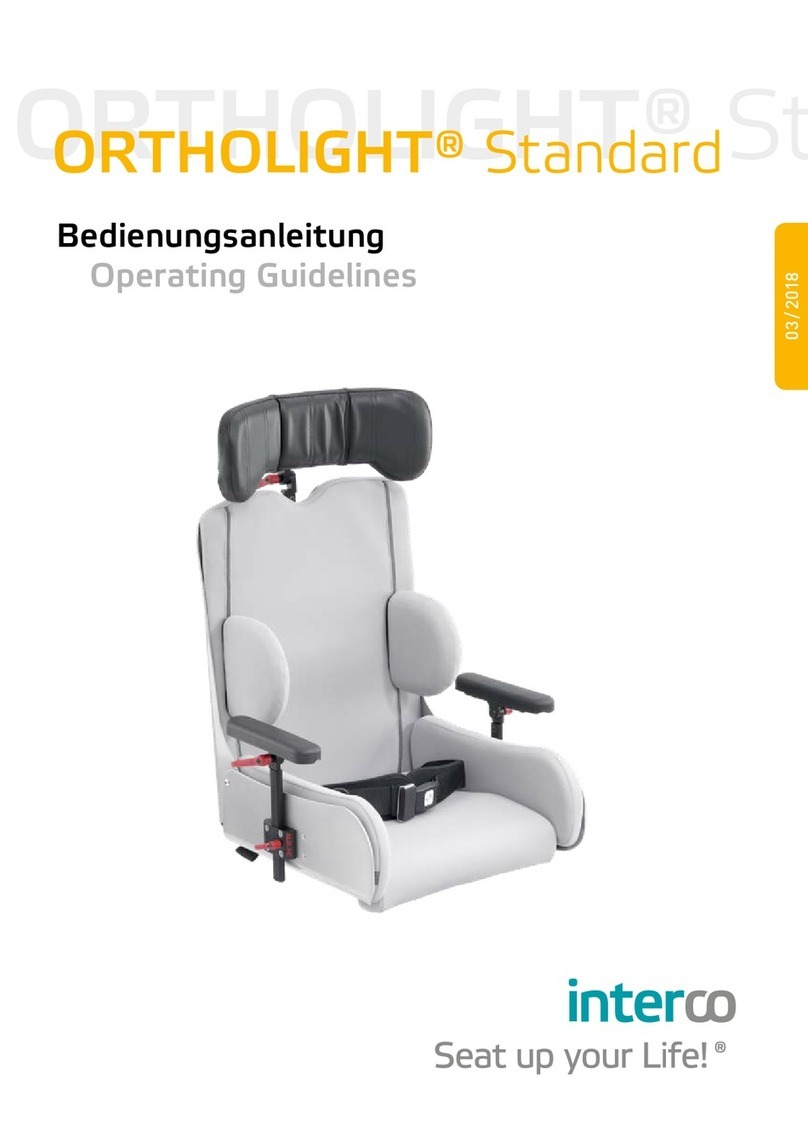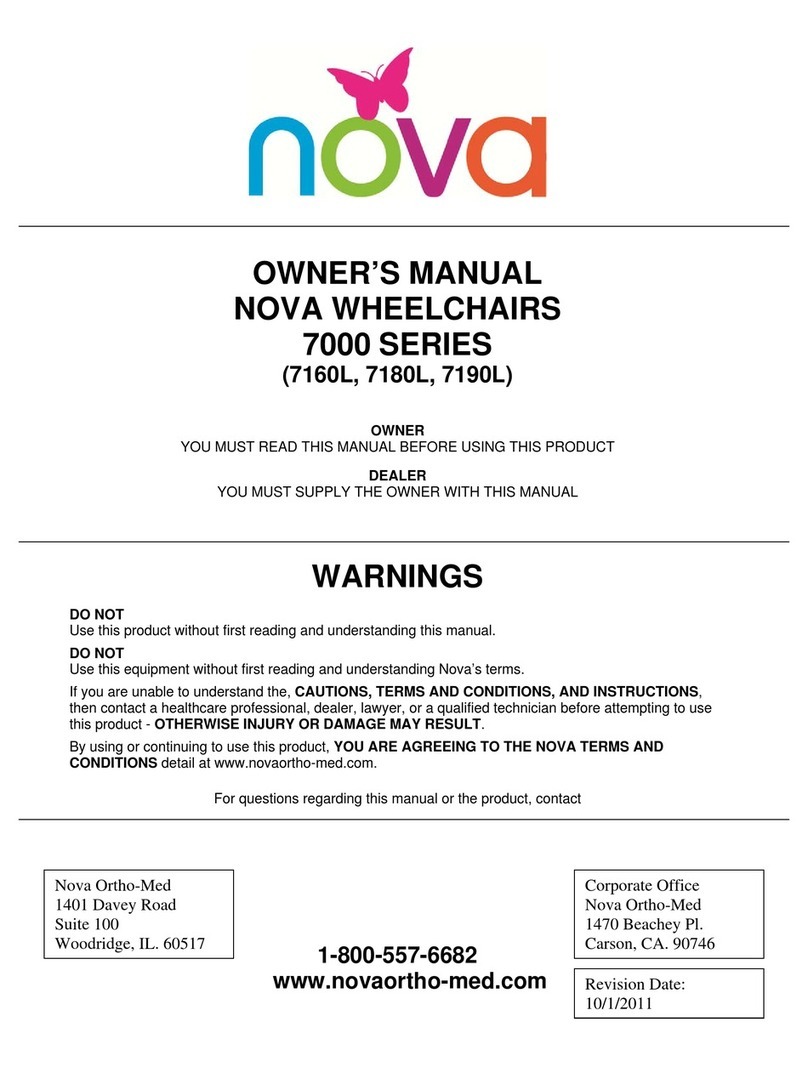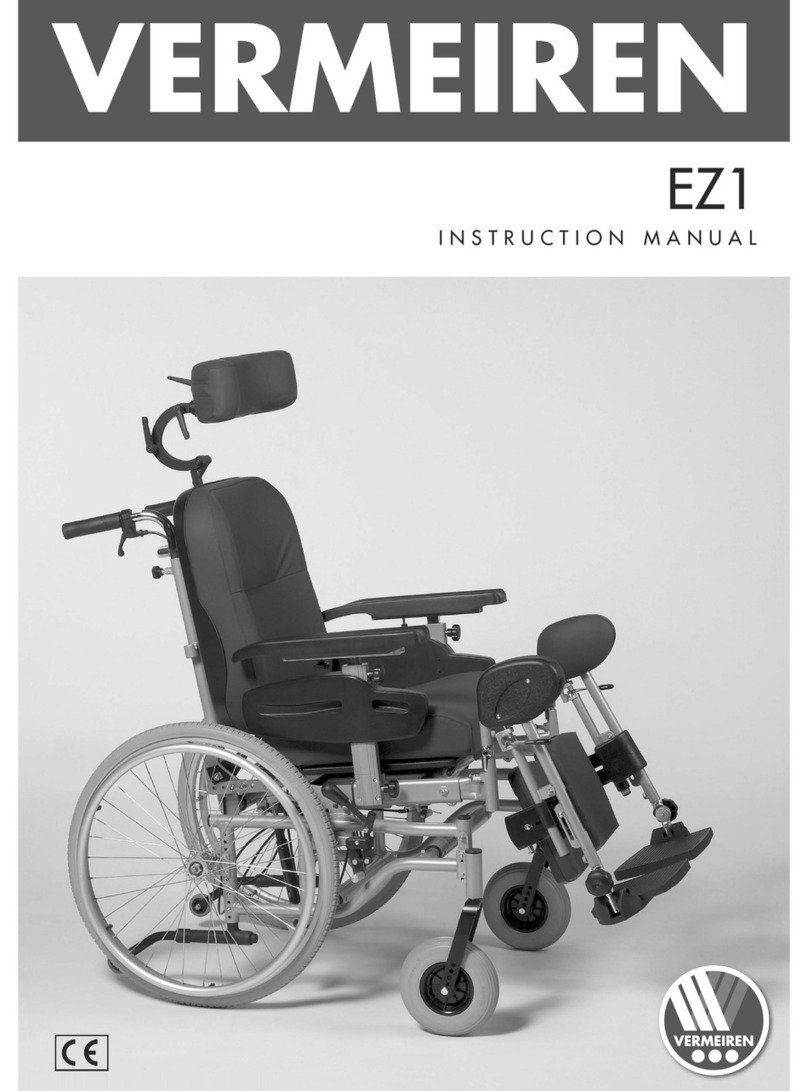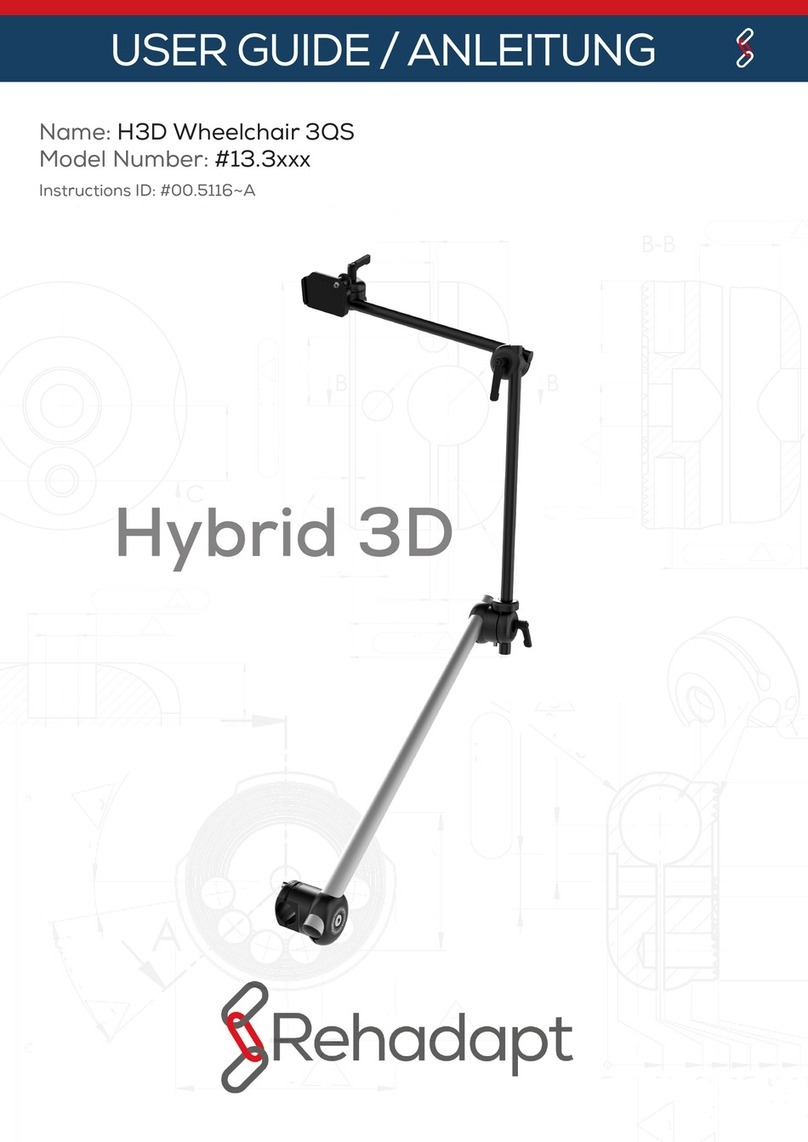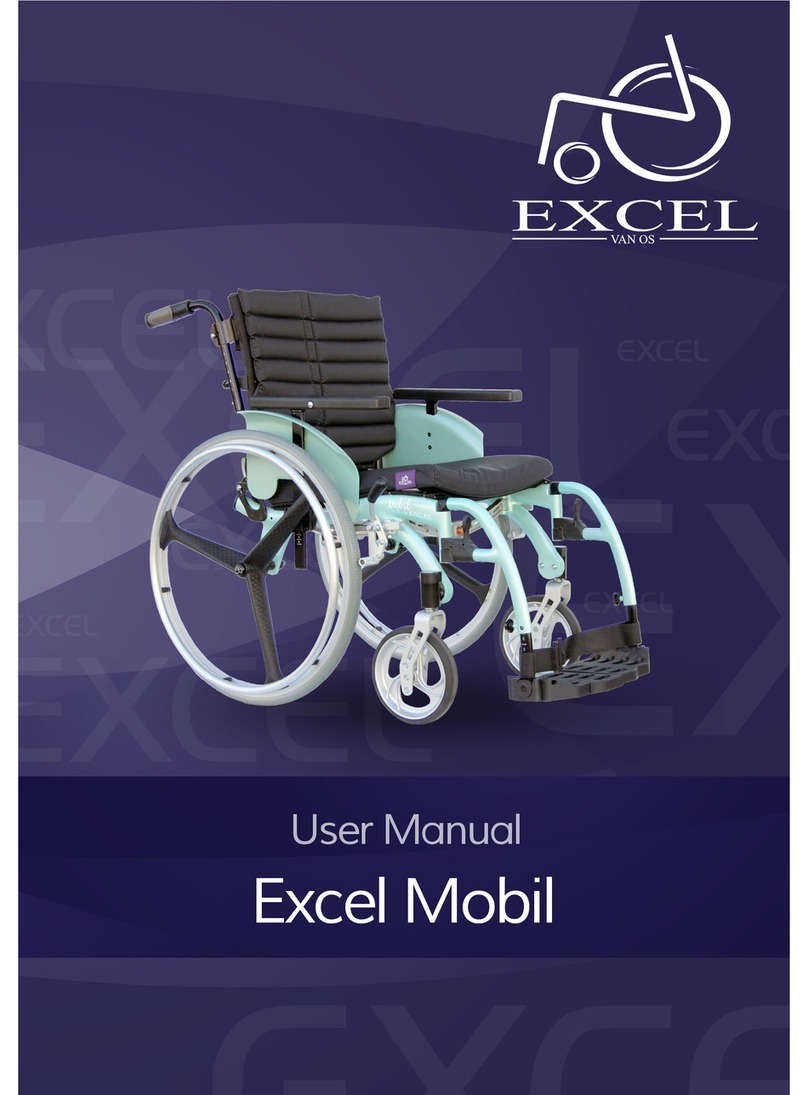
Part No. 1106627 3XterraGT
TABLE OF CONTENTS
SPECIAL NOTES ............................................................................... 5
WARNING/CAUTION LABEL LOCATION ........................................... 6
SPECIFICATIONS ............................................................................. 7
SECTION 1 - GENERAL GUIDELINES ................................................. 8
Repair or Service Information ............................................................................................................. 8
Operating Information ........................................................................................................................... 8
Safety/Handling of Wheelchairs........................................................................................................ 10
SECTION 2 - SAFETY INSPECTION/TROUBLESHOOTING ................. 18
Safety Inspection Chec list ............................................................................................................... 18
Troubleshooting ................................................................................................................................... 20
Troubleshooting - Electrical .............................................................................................................. 20
Chec ing battery Charge Level ........................................................................................................ 21
Using Hydrometer to Chec Battery Cell Levels ....................................................................... 22
SECTION 3SECTION 3
SECTION 3SECTION 3
SECTION 3 - WHEELCHAIR OPERATION- WHEELCHAIR OPERATION
- WHEELCHAIR OPERATION- WHEELCHAIR OPERATION
- WHEELCHAIR OPERATION ..................................................................................
..................................................................................
......................................... 24
Wheelchair Operation ........................................................................................................................ 24
SECTION 4 - FRONT RIGGINGSSECTION 4 - FRONT RIGGINGS
SECTION 4 - FRONT RIGGINGSSECTION 4 - FRONT RIGGINGS
SECTION 4 - FRONT RIGGINGS ............................................................................................................
............................................................................................................
...................................................... 22
22
2
Installing/Removing Footrests ........................................................................................................... 29
Footrest Height Adjustment ............................................................................................................. 30
Adjusting/Replacing Telescoping Front Rigging Support ........................................................... 31
Installing Adjustable Angle Flip-up Footplate Hinge .................................................................... 32
Installing/Adjusting the Adjustable Angle Flip-up Footplates ................................................... 32
Composite/Articulating Footplate Heel Loop Replacement .................................................... 34
Installing/Removing Elevating Legrests ............................................................................................ 34
Raising/Lowering Elevating Legrests and/or Adjusting Calfpads .............................................. 35
Removing/Installing/Adjusting the Cage Footrest........................................................................ 36
SECTION 5SECTION 5
SECTION 5SECTION 5
SECTION 5 - ARMSARMS
ARMSARMS
ARMS ................................................................................................................................................
................................................................................................................................................
........................................................................ 3737
3737
37
Installing/Removing Flip Bac Armrests ......................................................................................... 37
Adjusting Flip Bac Armrests ............................................................................................................ 38
Adjusting Captains Van Seat Armrests ......................................................................................... 39
SECTION 6 - POSITIONING STRAP ................................................. 40
Replacing Seat Positioning Strap ....................................................................................................... 40
TABLE OF CONTENTS
CONTENTS
